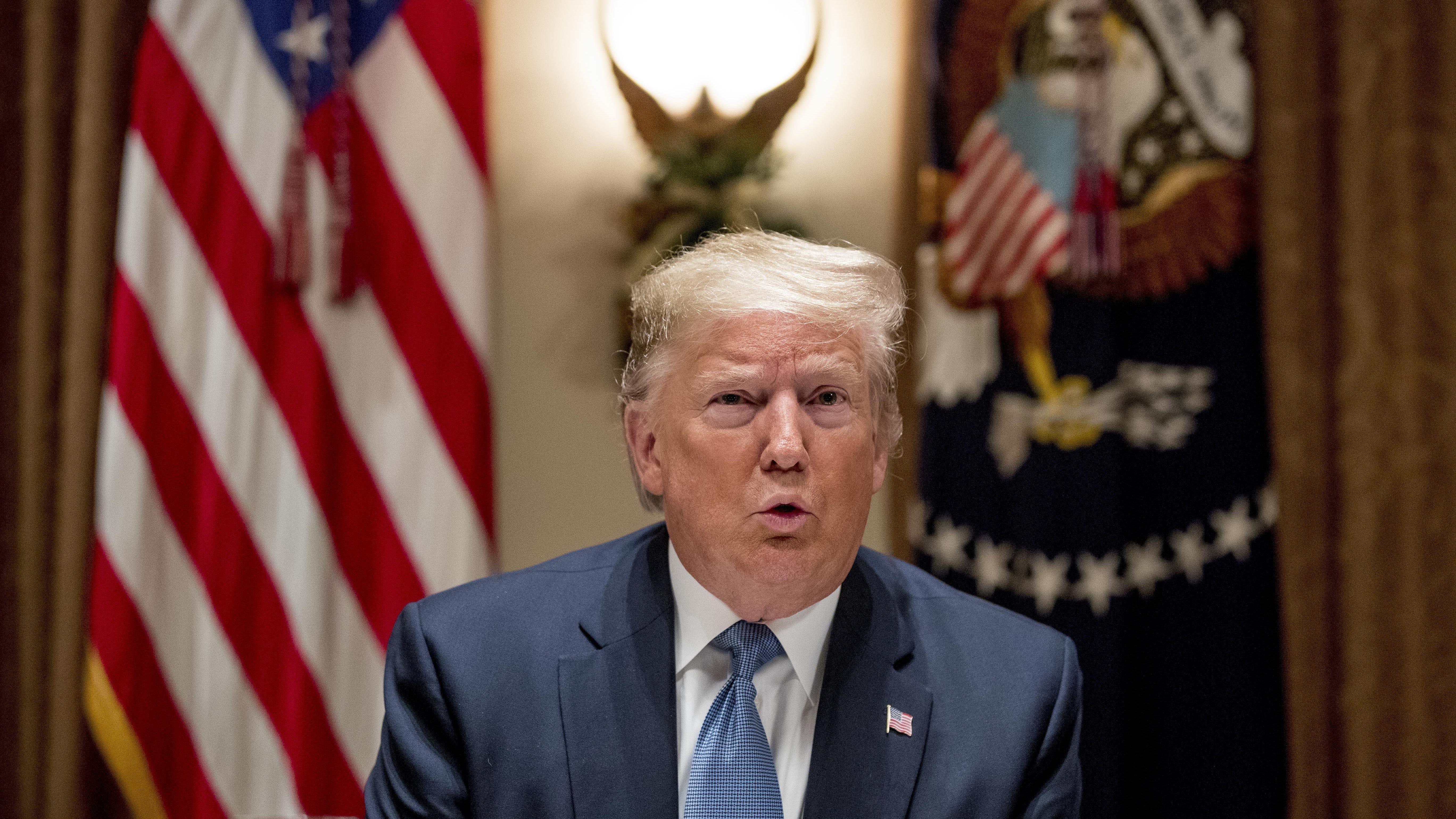OP-ED: President Trump is working for Pennsylvania

Question: How does the Trump administration create over a quarter of a million jobs in a month — that’s the latest blowout number from Friday’s jobs report? Answer: By creating one job at a time through President Donald Trump’s careful attention to detail.
Consider the York combat-vehicle manufacturing facility just a cannon shot from the historic battle grounds of Gettysburg. In the dark days of the Obama-Biden administration, this facility, so critical to our defense industrial base, almost was shuttered amidst misplaced priorities and spending constraints that crippled our national defense.
More:Sen. Kristin Phillips-Hill to speak at Trump rally in Hershey
More:Trump brings 'Keep America Great' rally to Hershey Tuesday
When President Trump took office, he righted our priorities and engineered an historic increase in the overall defense budget. He also made sure there were specific line item expenditures for both the York plant and an equally endangered combat-vehicle plant in Lima, Ohio. This attention to detail not only saved hundreds of jobs at the Lima and York plants. It has saved thousands of jobs across supply chains spanning more than 20 states.
President Trump’s detailed attention to job creation is also visible in other parts of the Keystone State. At the Philadelphia Naval Shipyard, the Administration has been working with both labor and management to restore this vital facility to its former glory.
With the help of the Maritime Administration and Department of the Navy, we have been able to augment the Philadelphia shipyard’s new shipbuilding activities with additional work. Repairs on the SS Antares and Pollux, for example, have generated $22 million of activity and the recall of over a hundred workers.
At the other end of the state in New Castle, a rebuilding Navy is sparking another kind of boom. The Ellwood Group is making steel ingots and Scot Forge is turning those ingots into components like propeller shafts for Navy submarines. All told, that’s another 500 good-paying manufacturing jobs for the Commonwealth.
Just last month, the Trump administration also named a new Landing/Platform Dock ship for the city of Harrisburg — the first USS Harrisburg was retired in the 1920s after yeoman service in World War I. While this new ship will be built in Mississippi, it will be the new pride of Pennsylvania that, with four army bases and two navy bases, is a vital part of the U.S. military.
While President Trump’s job creation efforts at the micro level have helped add to the booming economy, ultimately, it is the four points of the President’s economic policy that are propelling the US macro economy to one of its best performances in the last 50 years.
First, cutting the corporate tax rate from 35% to 21% has helped bring investment back onshore. This helps boost both productivity and wages.
Second, President Trump has eliminated more than seven regulations for every new significant one created. Such deregulation has lowered business costs and made US enterprises more globally competitive even as it has put more money in the pockets of consumers and boosted purchasing power.
Third, President Trump’s promise to unleash the energy sector has helped contribute to an energy boom from Pennsylvania’s Marcellus Shale to the Texas Permian Basin.
Today, Pennsylvania produces the second most natural gas of any state. Meanwhile, the construction of a plastics feedstock plant in Beaver County outside of Pittsburgh has created thousands of construction jobs and will ensure hundreds more permanent jobs.
As the fourth point of the Trump economic compass, there is the president’s insistence on fair and reciprocal trade. Today, President Trump’s tariffs are defending America’s technology from China’s economic aggression.
For example, in May, U.S. Steel announced plans to invest over $1 billion in its Edgar Thomson plant in Braddock, Allegheny, County. The company will also construct a cogeneration plant at its coking coal ovens in nearby Clairton to decrease emissions by using waste gases from the coking process to generate electricity.
As President Trump visits Hershey this week, the Keystone State’s economic future is bright. Everyone who wants to find a better job has more opportunities to do so, and wages continue to rise!
Peter Navarro is director of the White House’s Office of Trade and Manufacturing Policy.